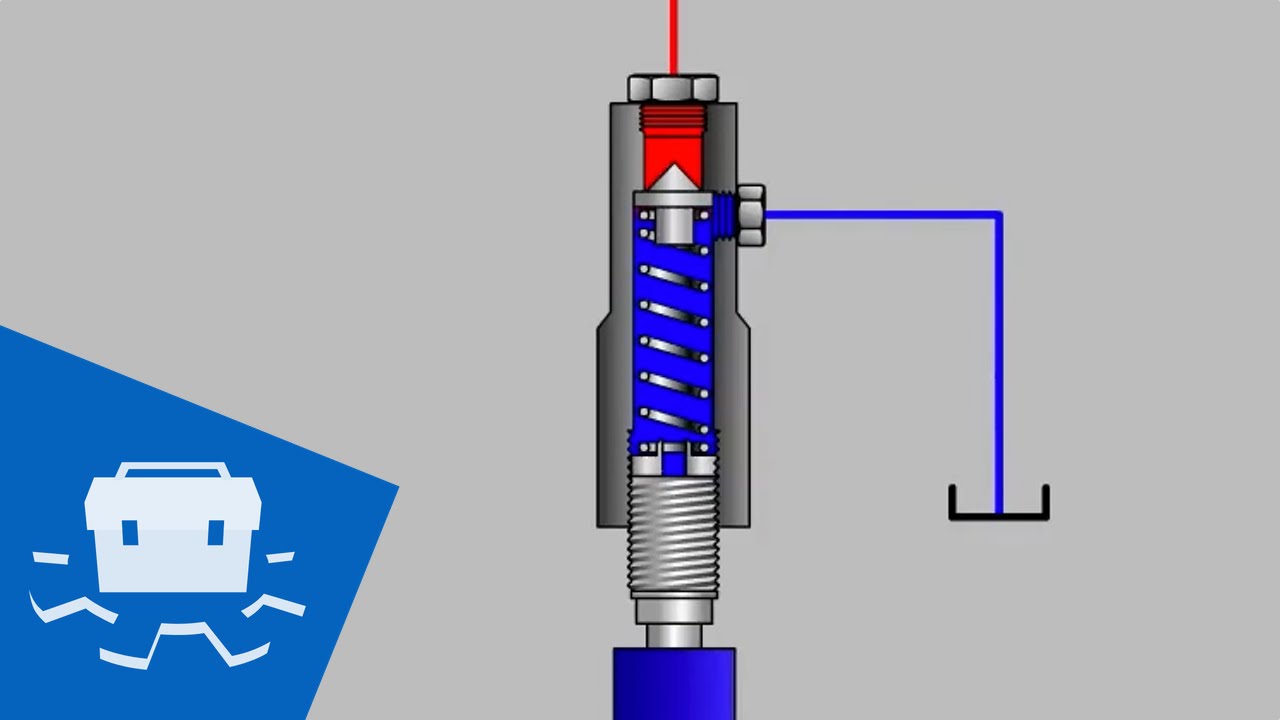The ASME code for pressure relief valves is a critical component in ensuring the safety and efficiency of various industrial operations. This code, established by the American Society of Mechanical Engineers (ASME), provides guidelines and standards for the design, manufacture, and operation of pressure relief valves to prevent accidents and equipment damage. For air compressors, these valves are vital in maintaining optimal pressure levels.
Pressure relief valves are essential in many industries, including oil and gas, chemical processing, and power generation. They serve as a safety mechanism to release excess pressure, preventing potential disasters. The ASME code ensures these valves meet specific safety standards, providing peace of mind for engineers and operators alike.

What is the ASME Code?
The ASME code outlines the requirements for the design, fabrication, testing, and certification of pressure relief devices. It is part of the ASME Boiler and Pressure Vessel Code (BPVC), which is widely recognized and used globally. This code ensures that all pressure relief valves are capable of performing their intended function safely and effectively.
Why is the ASME Code Important?
The importance of the ASME code cannot be overstated. It helps prevent catastrophic failures by ensuring that pressure relief valves are designed and manufactured to withstand the pressures they will encounter in service. This reduces the risk of accidents and equipment damage, ultimately saving lives and reducing costs associated with repairs and downtime.
Key Components of the ASME Code
Design Requirements
The ASME code specifies the design requirements for pressure relief valves. These include material selection, dimensional standards, and performance criteria. The code ensures that valves are designed to handle the specific pressures and temperatures of their intended applications.
Testing and Certification
Before a pressure relief valve can be used, it must undergo rigorous testing and certification according to the ASME code. This process ensures that the valve will function correctly under the conditions it is designed for, providing a reliable safety mechanism.
Installation and Maintenance
The ASME code also provides guidelines for the installation and maintenance of pressure relief valves. Proper installation and regular maintenance are crucial for ensuring the valves continue to operate safely and efficiently throughout their service life.
Common Uses of Pressure Relief Valves
Pressure relief valves are used in a variety of applications to protect systems from overpressure. Some common uses include:
- Boilers and pressure vessels
- Air compressors
- Oil and gas pipelines
- Chemical processing plants
- Power generation facilities
Challenges in Pressure Relief Valve Implementation
Implementing pressure relief valves in compliance with the ASME code can present challenges. These include selecting the appropriate valve for the application, ensuring proper installation, and maintaining the valve to prevent failures. Engineers must thoroughly understand the ASME code and its requirements to overcome these challenges.
The Future of Pressure Relief Valves and ASME Code
The future of pressure relief valves and the ASME code is likely to involve ongoing advancements in technology and materials. As industries continue to evolve, so too will the standards and guidelines to ensure safety and efficiency. Staying informed about these changes is essential for engineers and operators.
Conclusion
In conclusion, the ASME code for pressure relief valves plays a vital role in ensuring the safety and efficiency of industrial operations. By adhering to this code, engineers and operators can prevent accidents and equipment damage, ultimately saving lives and reducing costs. Understanding and implementing the ASME code is crucial for anyone involved in the design, manufacture, or operation of pressure relief valves.

FAQs
What is the purpose of a pressure relief valve?
A pressure relief valve is designed to release excess pressure from a system, preventing potential equipment failure or accidents.
How often should pressure relief valves be tested?
According to the ASME code, pressure relief valves should be tested regularly to ensure they function correctly. The frequency of testing depends on the specific application and industry standards.
Where can I find more information about the ASME code?
You can learn more about the ASME code from Beswick Engineering or the Norgren blog, which provide detailed insights into pressure relief valve standards and guidelines.
This article contains affiliate links. We may earn a commission at no extra cost to you.




